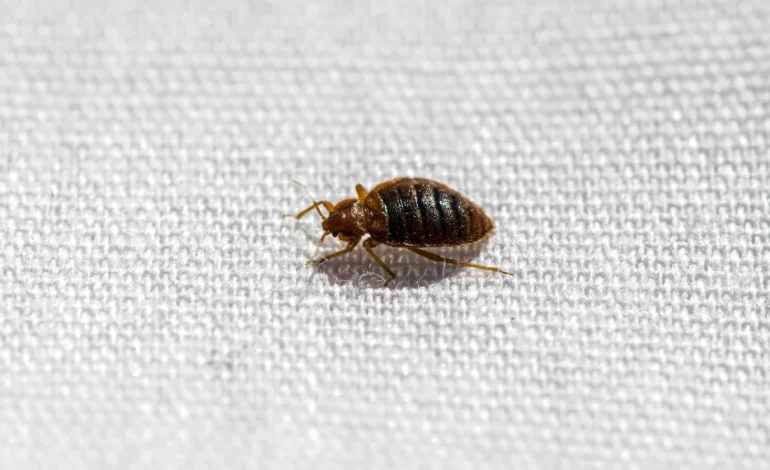Bed bugs may have been accompanying humans far longer than previously thought, according to a new study published Wednesday in the journal Biology Letter, NBC News reports.
Researchers from Virginia Tech suggest that the parasitic insects have been feeding on humans for approximately 60,000 years — since the time when early humans still lived in caves — potentially making them the world’s earliest urban pest.
The findings are based on genetic analysis of both human-associated and bat-associated bed bug populations. Scientists found that while both lineages declined during the last Ice Age around 20,000 years ago, only the human-associated group showed a significant rebound. This resurgence coincided with the emergence of large human settlements approximately 12,000 years ago, such as those found in Mesopotamia.
“The really exciting part is that the human-associated lineage did recover, and their effective population increased,” said Lindsay Miles, the study’s lead author and a postdoctoral fellow in Virginia Tech’s department of entomology.
The study adds that bed bugs may predate other common household pests like rats and cockroaches in terms of their association with human environments. As humans transitioned from cave living to building permanent settlements, a subset of the cave-dwelling bed bug population is believed to have moved with them — a shift that led to a distinct genetic divergence from their bat-associated relatives.
“There were bed bugs living in the caves with these humans, and when they moved out, they took a subset of the population with them,” said Warren Booth, a co-author of the study and an associate professor of urban entomology at Virginia Tech.
This movement resulted in less genetic diversity in the bed bugs now commonly associated with human environments.
The researchers argue that studying bed bug demographics can offer broader insights into how urban pests develop and spread alongside human populations. Tracking changes in “effective population size” — a measure of breeding individuals — allowed the team to reconstruct the history of how these pests adapted to human life.










The latest news in your social feeds
Subscribe to our social media platforms to stay tuned